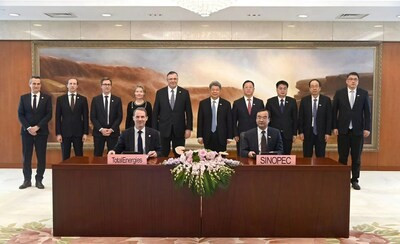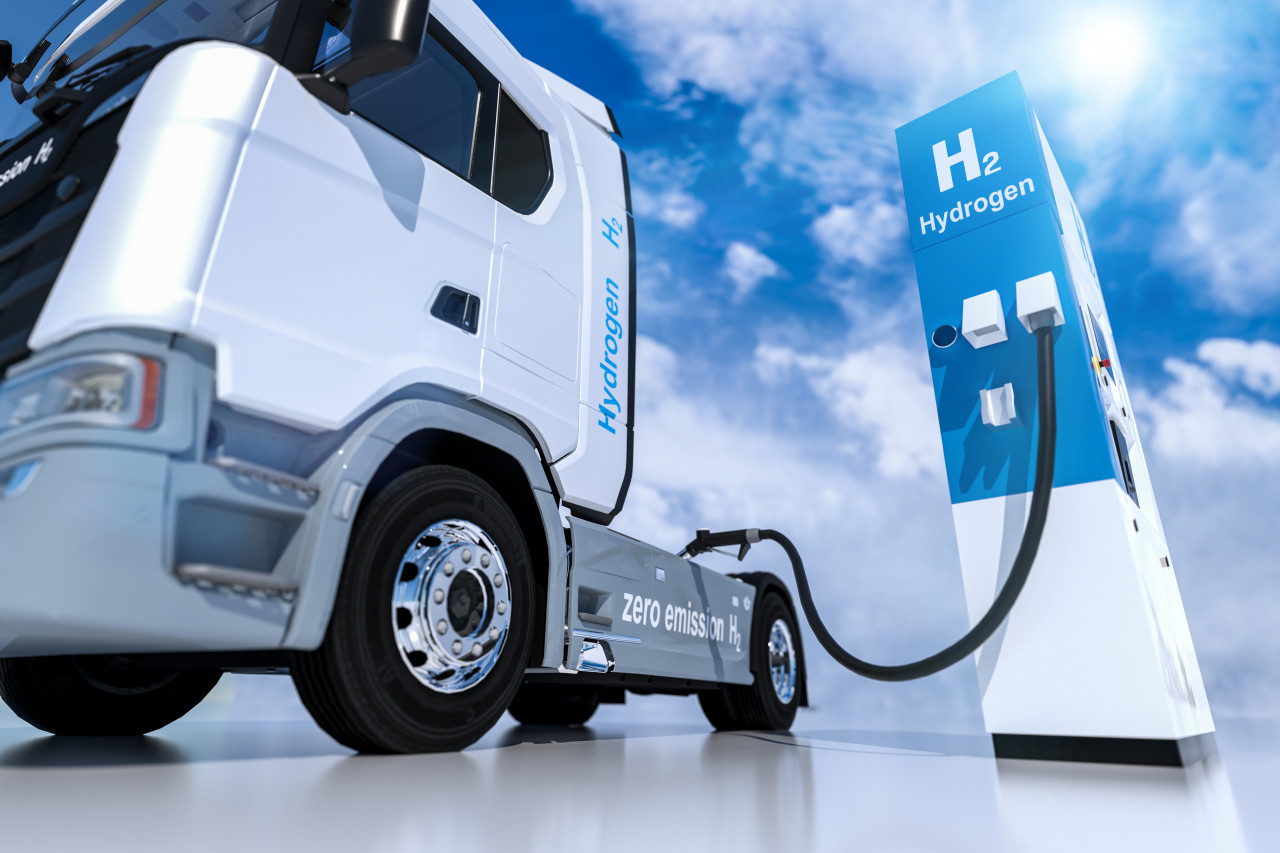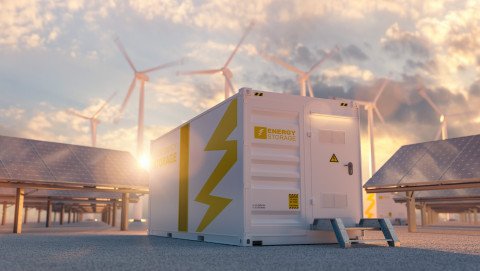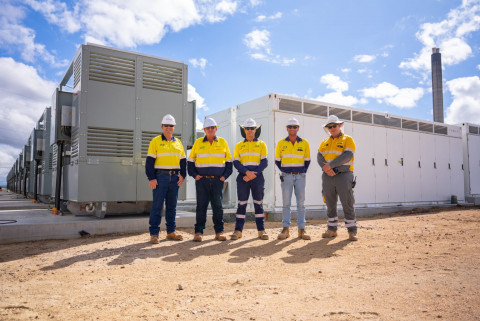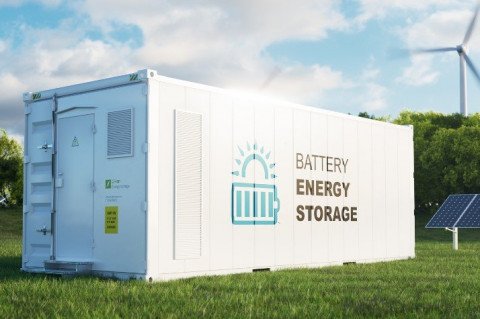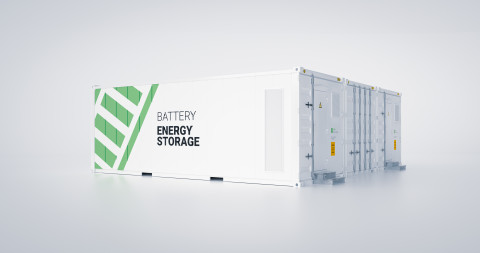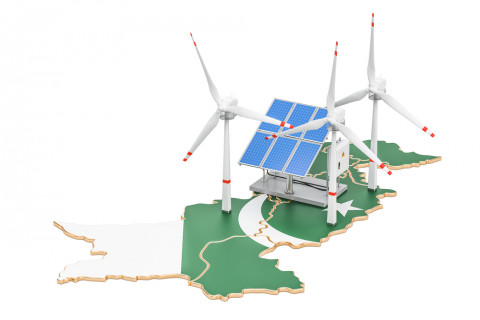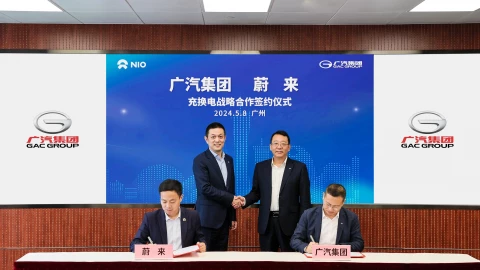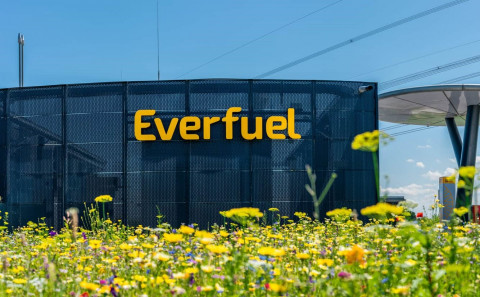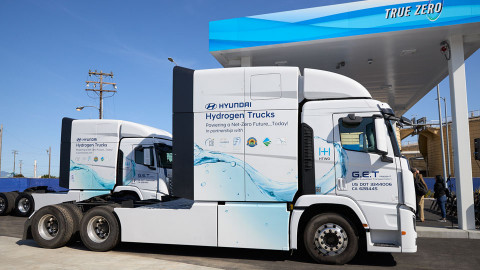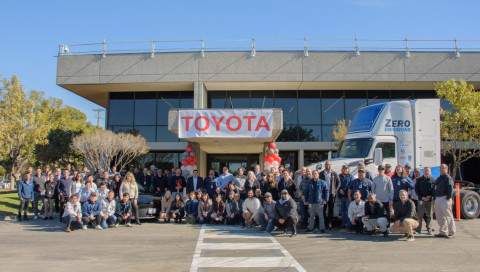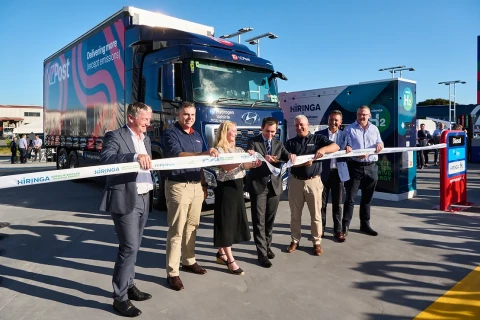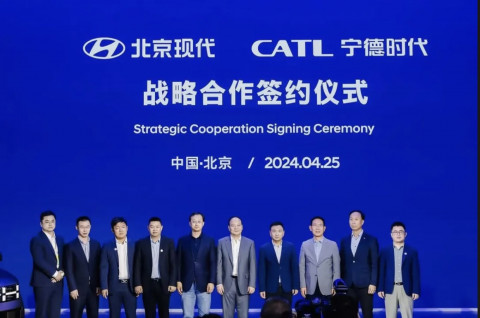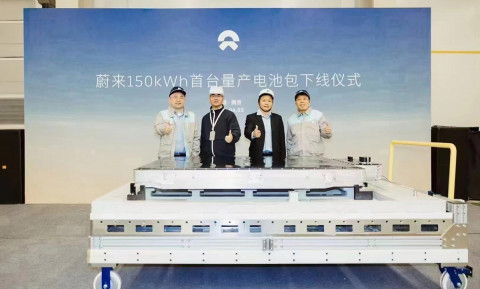China, leader in EVs, could overtake the world in hydrogen mobility too
China might be stealing a march on the world yet again. The government is targeting to build at least 1,200 hydrogen refueling stations for mobility across the country by 2025, which would mean that it would have more hydrogen stations than the rest of the globe currently boasts.
The country already has the maximum number of hydrogen refueling stations in the world, although their exact numbers are not that clear. Jiang Lijun, vice president of the Chinese Renewable Energy Society, says the China has built more than 400 stations, of which 280 have begun operations. Other experts estimate the total number of active hydrogen refueling stations at 250.
The boom is prompted largely by the success of hydrogen fuel cell vehicles in the Middle Kingdom, and by government plans to accelerate their adoption. China is forecast to have 12,000 to 18,000 fuel-cell vehicles (FCVs) plying its roads in 2024. This success in FCVs is generating demand for hydrogen refueling stations, and even the country's local governments have now begun to include in plans and regulations.
Research by Interact Analysis shows that 29 local authorities have issued policies or plans with 2025 targets for construction of hydrogen refueling stations. Taken together, the number exceeds 1,200. Five authorities plan to build 100 or more stations each: Guangdong aims to reach 200 stations, while Hebei, Shaanxi, Jiangsu and Shandong have set targets for 100 stations each.
These targets are set dynamically. As FCV deployments and refueling stations have progressed, authorities have been adjusting targets based on the actual pace of construction and FCV deployments. Statistics show several local governments have adjusted their targets over the past two years. Jiangsu, Chongqing, and Hebei, for example, revised their 2025 targets – all three of them doubled it – to 100 stations, 30 stations and 100 stations, respectively.
In contrast, Guangdong and Shanghai lowered their 2025 targets to 200 stations from 300, and 70 stations from 78. Crucially, provinces and municipalities outside China's hydrogen pilot have also shown interest in setting up hydrogen refueling stations, both in response to the country's national plans and to increase the adoption of FCVs in their own areas.
Among them, Shandong has said it would build 100 stations by 2025, while Jilin and Guangxi province have said they would accelerate hydrogen station rollouts during the 2025-2030 five-year period.
The first few steps
China, a global leader in the e-mobility sector, rolled out subsidies to companies developing hydrogen mobility in 2020, besides offering special funds to local authorities seeking to promote hydrogen vehicles.
The government began to consider hydrogen as a fuel for mobility in the early 2000s when policymakers noted that the country's booming auto sector was a source of strategic vulnerability: it required the country to increase import of fossil fuels (increasing its dependency on foreign suppliers) and also contributed to urban air pollution.
The country's Hydrogen Fuel Cell Vehicle Technology Roadmap, released in 2016, aimed to have over 50,000 FCVs and 300 hydrogen refueling stations by 2025, and 1 million FCVs and 1,000 stations by 2030. By the end of 2020, the country had become the third largest FCV market in the world – and the largest for fuel-cell trucks and buses – with 8,400 FCVs across the country.

China completes testing of country's first hydrogen-powered train -
In 2021, the government launched 35 projects related to fuel cells, FCVs and hydrogen refueling stations. Among them, the central government announced a pilot city cluster project for FCVs, starting with Beijing-Tianjin-Hebei, Shanghai, and Guangdong provinces as the first approved clusters. First year results weren't encouraging: the national NEV monitoring platform showed that Beijing was the only cluster out of five to have achieved its targets. Shanghai had reached two-thirds its aim, but the other three languished with a ~25 percent achievement or worse, according to Integral Energy.
Now, as the program nears conclusion in 2025, the numbers look better. Today, the government offers incentives through tax reduction and subsidies in the range of $3,200 to $7,900, depending on the type of vehicle and the capacity of its fuel cell.
The country's outlook for hydrogen-fueled mobility is stronger today. According to the New Energy Vehicle Industry Development Plan, issued in October 2020, the country will have 2,000 hydrogen refueling stations by 2035.
Since refueling stations form the infrastructure backbone of any vehicle adoption scheme, the number of active hydrogen refueling stations will have a direct impact on China's adoption of hydrogen cars and achievement of a government target to have 50,000 FCVs by 2025. This "H-mobility" could also account for a significant portion of hydrogen consumption in the Middle Kingdom.
The China Hydrogen Alliance estimates the country's hydrogen energy industry will become a $14 billion sector by 2025. It estimates the country will need 43 million tonnes of the fuel by 2030, and green hydrogen – derived from power generated from renewable sources such as solar and wind – will meet 10 percent of this energy demand, up from a miniscule 1 percent in 2019.
In fact, experts say China's interest in hydrogen was directly sparked by its interest in hydrogen-fueled mobility. If that is true, then the wheel will have come full circle in 2025.
